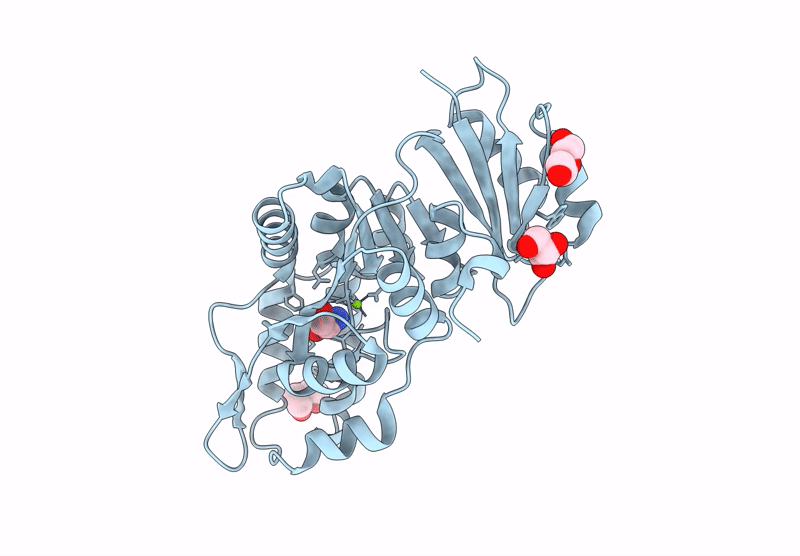
Deposition Date
2024-06-17
Release Date
2025-07-02
Last Version Date
2025-08-06
Entry Detail
PDB ID:
9FQN
Keywords:
Title:
Crystal structure of phosphoserine phosphatase (SerB) from Brucella melitensis in complex with L-Ser and Magnesium
Biological Source:
Source Organism:
Brucella melitensis (Taxon ID: 29459)
Host Organism:
Method Details:
Experimental Method:
Resolution:
2.11 Å
R-Value Free:
0.24
R-Value Work:
0.19
R-Value Observed:
0.19
Space Group:
I 21 3


